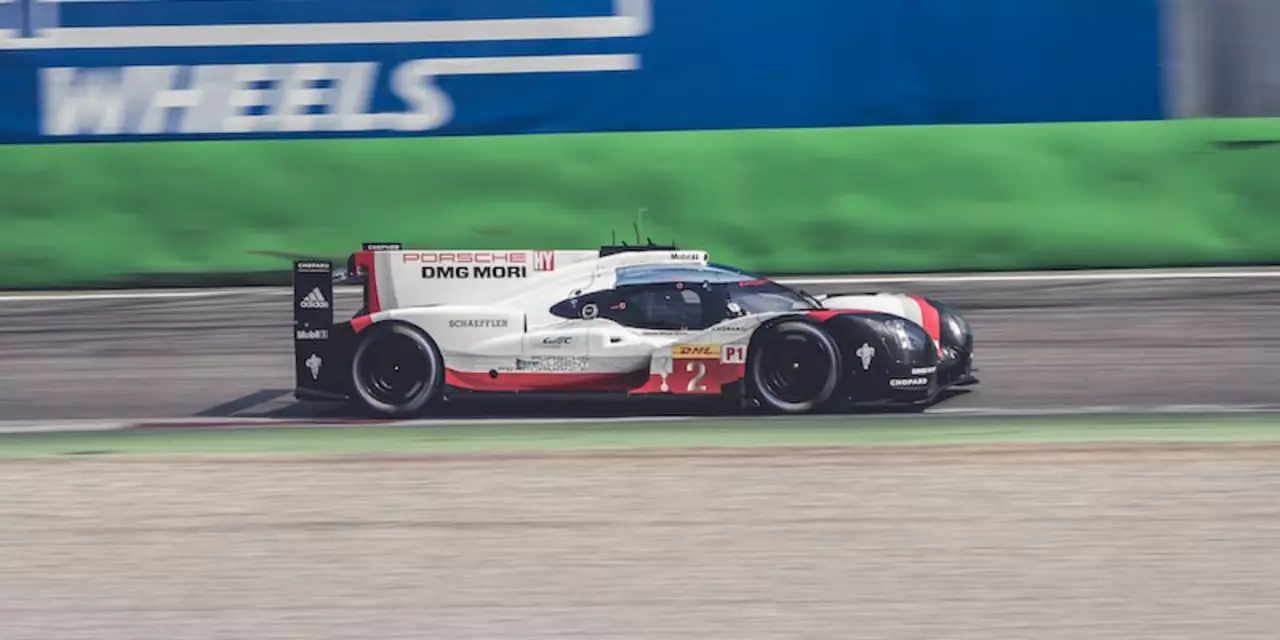IndyCar: Latest News, Race Schedule and How to Watch
If you love high‑speed oval action mixed with street‑circuit drama, you’re in the right spot. IndyCar delivers fast‑paced racing, close finishes and a lineup of talent that’s constantly evolving. Below you’ll find everything you need to stay current – from upcoming race dates to tips on catching the live stream.
2025 IndyCar Race Calendar at a Glance
The 2025 season kicks off in March with the Grand Prix of St. Petersburg and runs through September, finishing at the iconic Indianapolis 500. Key stops include Texas Motor Speedway, Road America and the street race in Toronto. Each event usually runs over a three‑day weekend: practice on Friday, qualifying Saturday and the main race Sunday. Mark the dates on your calendar early; tickets sell out fast, especially for the Indy 500.
Top Drivers to Watch This Year
Alex Palou, reigning champion, is aiming for another title with his aggressive yet smooth driving style. Josef Newgarden brings experience and a knack for saving fuel under pressure, while rookie Dalton Kellett is already turning heads with his qualifying pace. Keep an eye on these names during practice sessions – they often hint at how the race will unfold.
Fans also love the “Fan Boost” feature introduced last season, where supporters can vote for a driver to receive extra horsepower for a short window. It’s a fun way to engage and can swing the outcome of a tight battle.
For those new to IndyCar, the cars are purpose‑built, open‑wheel machines that combine aerodynamics with powerful V6 turbo engines. They weigh around 1,600 pounds and can hit 200 mph on the ovals. Understanding the basics helps you appreciate the skill required to keep the car glued to the track while battling traffic.
Want to watch the races without leaving home? Most events stream live on ESPN+, while local broadcasters cover the Indianapolis 500. If you have a cable subscription, the NBC Sports app offers a reliable feed. For a more immersive experience, consider the official IndyCar app – it provides live timing, on‑board cameras and in‑race telemetry.
Attending a race in person adds a whole new layer of excitement. Arrive early to explore fan zones, meet drivers during autograph sessions, and try the famous IndyCar “speed pit” food trucks. Parking fills up quickly, so reserve a spot or use public transport where available.
Don’t forget the merchandise. Official IndyCar caps, t‑shirts and die‑cast model cars are sold at each venue and online. Wearing the colors of your favorite team not only shows support but often grants access to exclusive lounges and driver meet‑ups.
If you’re looking to get involved beyond watching, there are many volunteer opportunities at race weekends – from marshaling to hospitality. It’s a great way to meet fellow fans and experience behind‑the‑scenes action.
Finally, stay updated with the latest news by following the Motorsports Event Hub blog. We post race recaps, driver interviews and insider tips within hours of each event, so you never miss a beat.
IndyCar offers the perfect blend of speed, strategy and spectacle. Whether you’re tuning in from the couch or cheering in the grandstands, there’s always something to keep you on the edge of your seat. Keep this guide handy, and you’ll never miss the thrill of the next lap.
Is an LMP1 car faster than an IndyCar?
This article compares two different types of race cars: LMP1 and IndyCar. The LMP1 car is a prototype racing car that is designed to be faster than the IndyCar. It is also more expensive to build and maintain. The IndyCar is a purpose-built race car that is designed to be safer and less expensive. Both cars are very fast, but the LMP1 car is faster due to its superior aerodynamics and lighter weight. Ultimately, the decision to choose between the two comes down to the driver's preference and the budget available.
